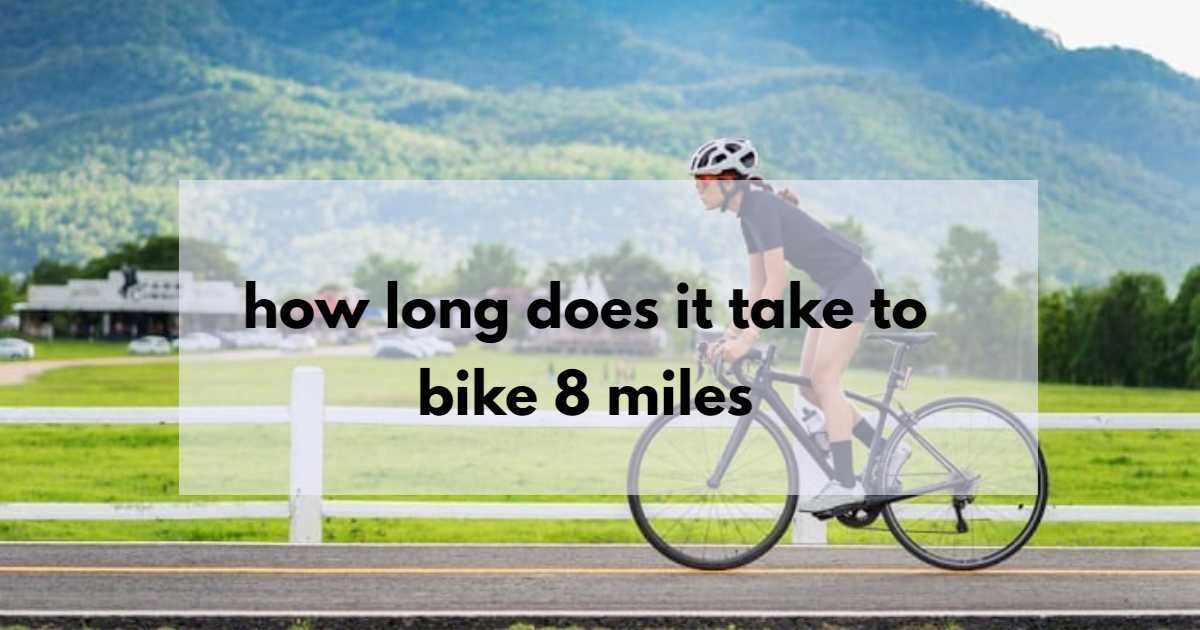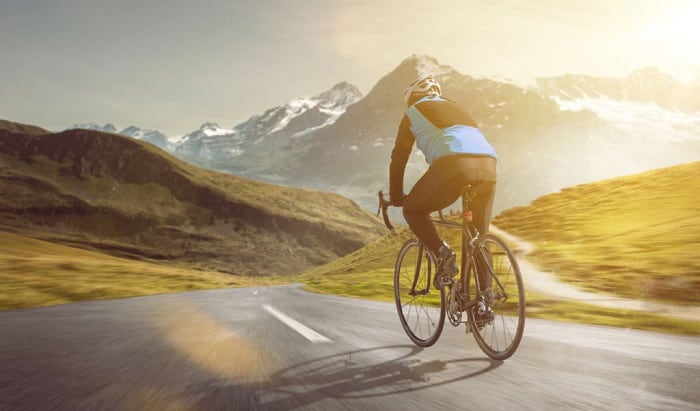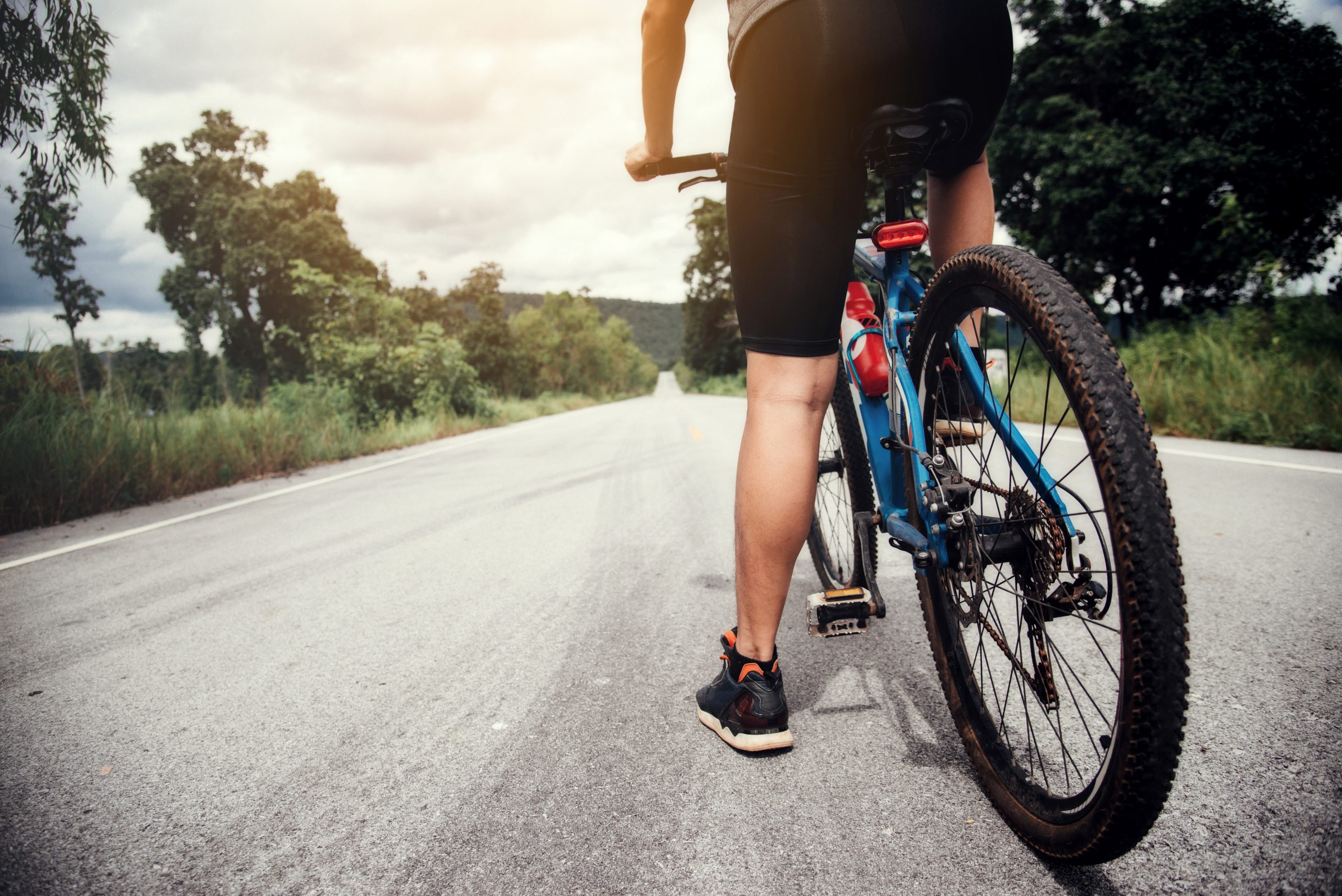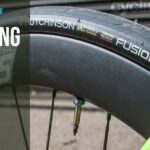Biking is not only a mode of transportation but also a popular form of exercise and recreation. It’s an eco-friendly, cost-effective way to travel and a fantastic activity for individuals of all ages and varying fitness levels. Many people turn to biking as a way to enjoy the outdoors, improve their physical health, and even as a form of commuting.
For those new to biking or just wondering about specific aspects such as the time it takes to bike certain distances, this post will be particularly useful. This comprehensive guide will delve into various aspects of biking 8 miles. We’ll explore factors that affect your biking time, provide methods to estimate how long it will take, offer tips for more efficient biking, and highlight the benefits of this journey. Moreover, we will provide insights for beginners looking to start their biking journey.
Factors That Affect How Long It Takes to Bike 8 Miles
- Your Fitness Level: One of the most significant factors is your physical fitness. A higher fitness level often correlates with faster biking speeds. If you are in good shape, you’ll likely find it easier to maintain a steady pace and cover 8 miles more quickly than someone who is less fit.
- Type of Bike: The kind of bike you ride significantly influences your speed. Road bikes are designed for speed and efficiency on pavement, making them a great choice for covering longer distances quickly. Mountain bikes, on the other hand, are built for rugged terrain and may be slower on flat roads. Hybrid bikes strike a balance between the two and are suitable for a mix of road and off-road biking.
- Terrain: The nature of the terrain you’re biking on plays a super important role. Biking uphill requires more effort and reduces speed, whereas downhill stretches allow you to move faster with less effort.
- Weather Conditions: Weather can impact your biking time significantly. Headwinds can slow you down, while tailwinds can help you move faster. Additionally, biking in wet or icy conditions can be more challenging and time-consuming.
- Traffic Conditions: If you’re biking in an area with heavy traffic, your speed might be reduced due to the need for caution and frequent stops. In contrast, a clear path or a dedicated bike lane can allow for a smoother and faster ride.
How to Estimate Your Biking Time
Estimating your biking time for an 8-mile ride involves some simple calculations. The basic formula is:
Time = Distance / Speed
For instance, if your average speed is 15 miles per hour, you can expect to cover 8 miles in about 32 minutes. However, remember that this is a rough estimate. Your actual time will vary based on the factors mentioned earlier.
It’s also important to consider that your speed might fluctuate during the ride. You might start slower as you warm up, speed up in the middle, and slow down as you tire or approach your destination.
Continuing to the Next Section:
We’ve covered some fundamental aspects of estimating the time to bike 8 miles and the factors that influence this. In the next section, we’ll delve into practical tips for biking faster and more efficiently, making sure you get the most out of your cycling experience.
Tips for Biking Faster and More Efficiently
- Optimize Your Cadence: Cadence, the rate at which you pedal, is super important for maintaining a steady and efficient speed. The ideal cadence varies among cyclists, but generally, aiming for 80 to 90 revolutions per minute (RPM) can help maintain a good balance between speed and exertion. Maintaining a consistent cadence helps in efficiently using your energy, thereby allowing you to bike longer distances without tiring quickly.
- Utilize Your Gears Effectively: Understanding and using your bike’s gears can significantly impact your biking efficiency, especially over varying terrains. Lower gears are best for uphill climbs, helping you maintain momentum without overexerting, while higher gears are suitable for flat or downhill segments, allowing for greater speed with less pedaling effort.
- Keep Your Bike Well-Maintained: Regular maintenance of your bike can improve your biking experience. Ensure that your tires are properly inflated, as this can reduce rolling resistance. Also, keep your chain lubricated and ensure that your brakes are functioning correctly. A well-maintained bike not only moves more efficiently but also ensures your safety.
- Pace Yourself: It’s important to start at a comfortable pace, especially if you are biking a considerable distance. Gradually increase your speed as you warm up. This strategy helps in conserving energy and prevents burnout, allowing you to maintain a steady speed over the entire 8 miles.
- Focus on Aerodynamics: Your body position can affect wind resistance. By lowering your body closer to the handlebars, you can reduce drag and increase speed, especially on flat or downhill segments. However, comfort is also important, so find a balance that works for you.
- Train and Build Endurance: Regular biking can improve your fitness level, making it easier to bike longer distances at a faster pace. Incorporate different types of training, such as interval training and long-distance rides, to build both speed and endurance.
The Benefits of Biking 8 Miles
- Weight Loss and Fitness: Biking is an excellent cardiovascular exercise that can help in weight loss and overall fitness improvement. Regular cycling, especially over distances like 8 miles, can significantly contribute to burning calories and strengthening leg muscles.
- Reduced Risk of Chronic Diseases: Regular physical activity, such as biking, can reduce the risk of chronic diseases like heart disease, type 2 diabetes, and stroke. It also helps in regulating blood pressure and improving overall cardiovascular health.
- Improved Mental Health: Biking is not just beneficial for physical health but also for mental wellness. It can reduce stress, anxiety, and depression. The activity offers a chance to enjoy the outdoors, which can be a mood booster and contribute to better mental health.
- Eco-Friendly and Cost-Effective: Biking is a sustainable mode of transportation. By choosing to bike for trips like an 8-mile commute, you are reducing your carbon footprint. Additionally, biking is cost-effective compared to driving, as it saves on fuel costs and parking fees.
- Convenience and Flexibility: Biking offers a level of convenience and flexibility that other modes of transportation may not. You can often find shortcuts and bike paths that are inaccessible to cars, making your journey more direct and often faster in congested areas.
How to Get Started with Biking
- Start Gradually: If you are new to biking, begin with shorter distances and gradually increase your distance as your fitness improves. This approach helps in building endurance and confidence.
- Choose the Right Bike: Select a bike that suits your needs and fits you properly. Whether it’s a road bike, mountain bike, or hybrid, having the right bike can make a significant difference in your biking experience.
- Prioritize Safety: Always wear a helmet and other protective gear such as gloves and knee pads. Ensure your bike has reflective lights and consider wearing visible clothing, especially if you bike in low-light conditions.
- Plan Your Route: Choose routes that are safe, comfortable, and enjoyable. Avoid heavy traffic areas when possible and familiarize yourself with bike-friendly paths in your area.
- Stay Aware and Follow Traffic Rules: Be vigilant about your surroundings and follow traffic rules to ensure your safety and that of others.
Conclusion
Biking 8 miles is a fantastic way to improve your physical and mental health, save money, and contribute to a healthier environment. Whether you’re biking for leisure, fitness, or commuting, the journey can be enjoyable and rewarding. Remember to start at a pace that’s comfortable for you, be mindful of safety, and enjoy the ride. As you progress, you’ll find yourself covering the distance more quickly and with greater ease.
For more information on biking and to explore a variety of biking options, visit our homepage at Refried Cycles.









